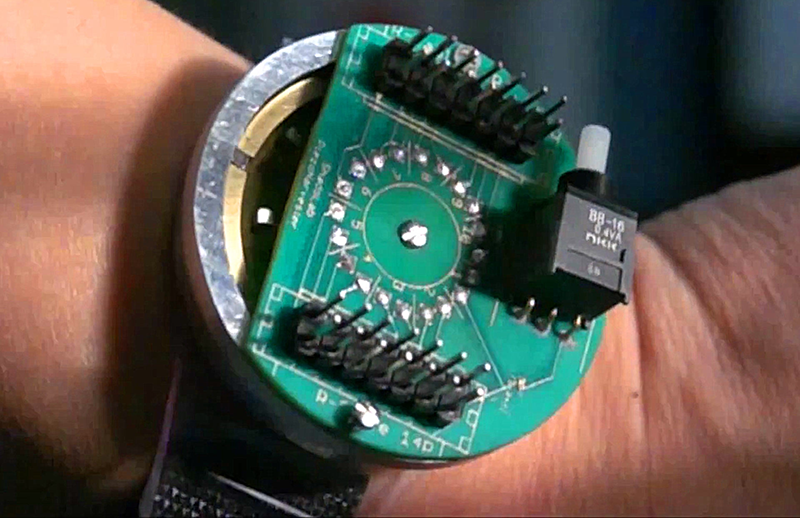A team of researchers from Penn State’s Materials Research Institute and the University of Utah has developed a wearable piezoelectric energy harvester that could generate energy simply from a swing of the arm while walking or jogging. The small device, about the size of a wristwatch, can produce enough power to run a personal health monitoring system.
“The devices we make using our optimized materials run somewhere between 5 and 50 times better than anything else that’s been reported,” said Susan Trolier-McKinstry, the Steward S. Flaschen Professor of Materials Science and Engineering and Electrical Engineering, Penn State.
Related Scientists, Designers Exploring Ways to Produce and Manage Energy in Wearables
Energy harvesters are in high demand to power the millions of devices that make up the Internet of Things.
By providing continuous power to a rechargeable battery or supercapacitor, these devices can reduce the labor cost of changing out batteries when they fail and keep dead batteries out of landfills.
Certain crystals can produce an electric current when compressed or they can change shape when an electric charge is applied. This piezoelectric effect is used in ultrasound and sonar devices, as well as energy harvesting, reports Penn State MRI.
Trolier-McKinstry and her former Ph.D. student, Hong Goo Yeo, used a well-known piezoelectric material, PZT, and coated it on both sides of a flexible metal foil to a thickness four or five times greater than in previous devices. Greater volume of the active material equates to generation of more power. By orienting the film’s crystal structure, the figure of merit for energy harvesting was increased.

The compressive stresses that are created in the film as it is grown on the flexible metal foils also means that the PZT films can sustain high strains without cracking, making for more robust devices.
“There were some good materials science challenges,” Trolier-McKinstry said. “The first was how to get the film thickness high on a flexible metal foil. Then we needed to get the proper crystal orientation in order to get the strongest piezoelectric effect.”
According to the Penn State MRI article, Professor Trolier-McKinstry and her colleagues then designed a novel wristwatch-like device that incorporates the PZT/metal foil materials.
The device uses a freely rotating, eccentric brass rotor with a magnet embedded, and multiple PZT beams with a magnet on each beam. When the magnet on the rotor approaches one of the beams, the magnets repel each other and deflect the beam, plucking the beam in a process that is referred to as frequency up-conversion.
Related Toppan Printing’s Electronic Paper Display Is Powered by Energy Harvesting Technology
The slow frequency of a rotating wrist is converted into a higher frequency oscillation.
“The design of this device is more efficient than a standard electromagnetic harvester– like those used in self-powered watches,” Professor Trolier-McKinstry said.
The work was published in the journal Advanced Functional Materials.












